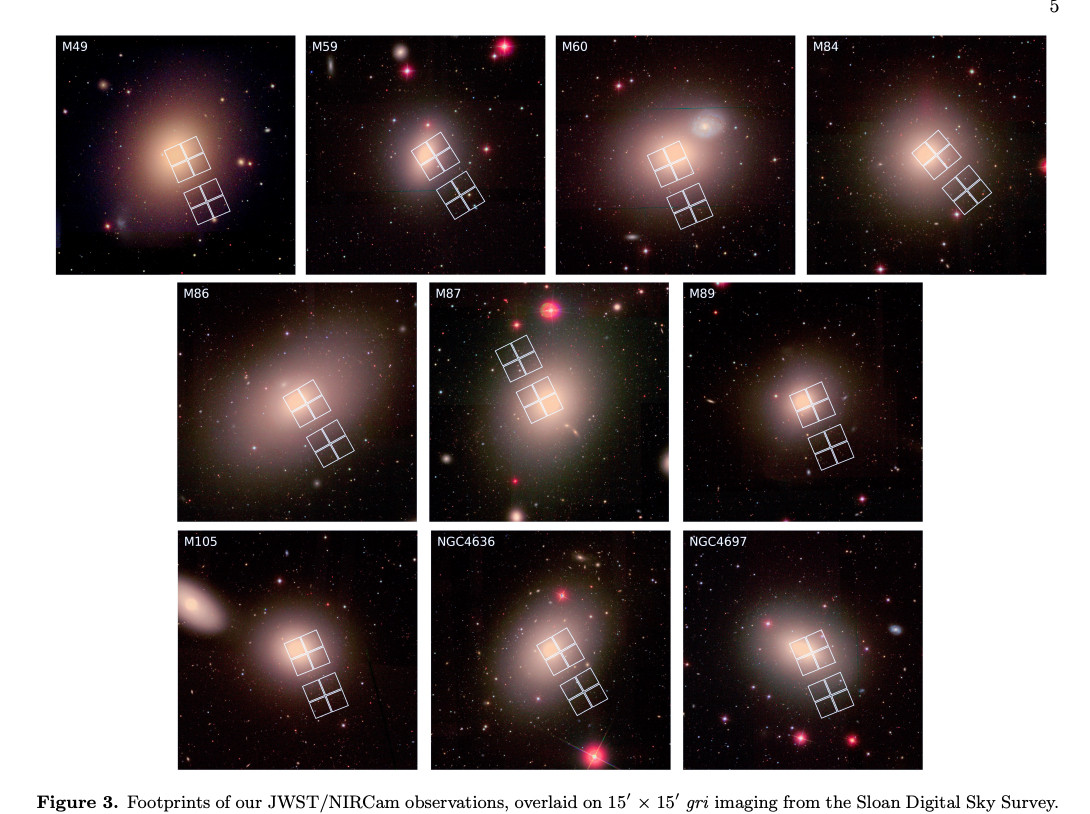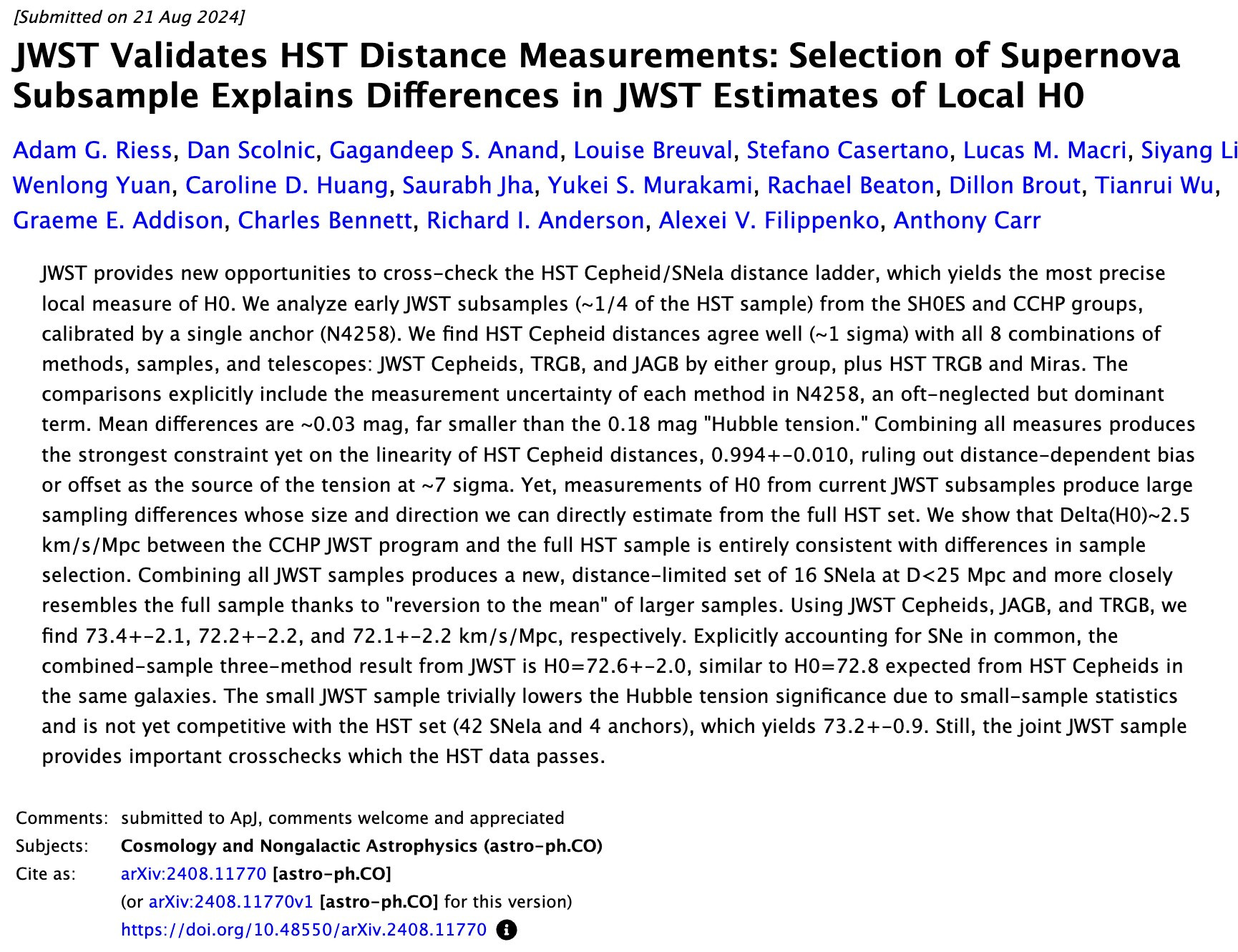next observing stop for our group is the Coma cluster, where we will fully calibrate the SBF method with JWST filters, in preparation for measurements of SBF well out into the Hubble flow. in the end, we will finally put the Hubble tension to rest (one way or the other).
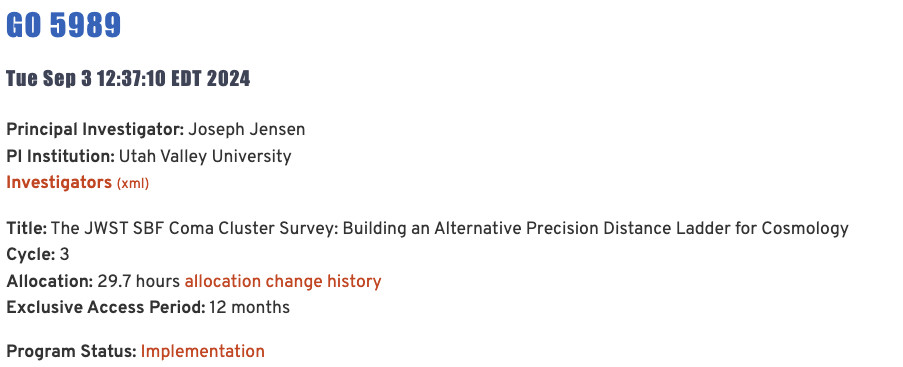
tying these distances together with ongoing SBF work from our group will allow us to set a very strong foundation for a high precision measurement of H0, comparable to what is achieved with Cepheids and supernovae
JWST is an absolute powerhouse. our color-magnitude diagrams are some of the deepest ever for galaxies within Virgo. these CMDs allow us to measure very precise TRGB distances.

the extended spatial coverage of NIRCam allows us to obtain imaging that is well suited for both TRGB and SBF measurements, in the same pointing.
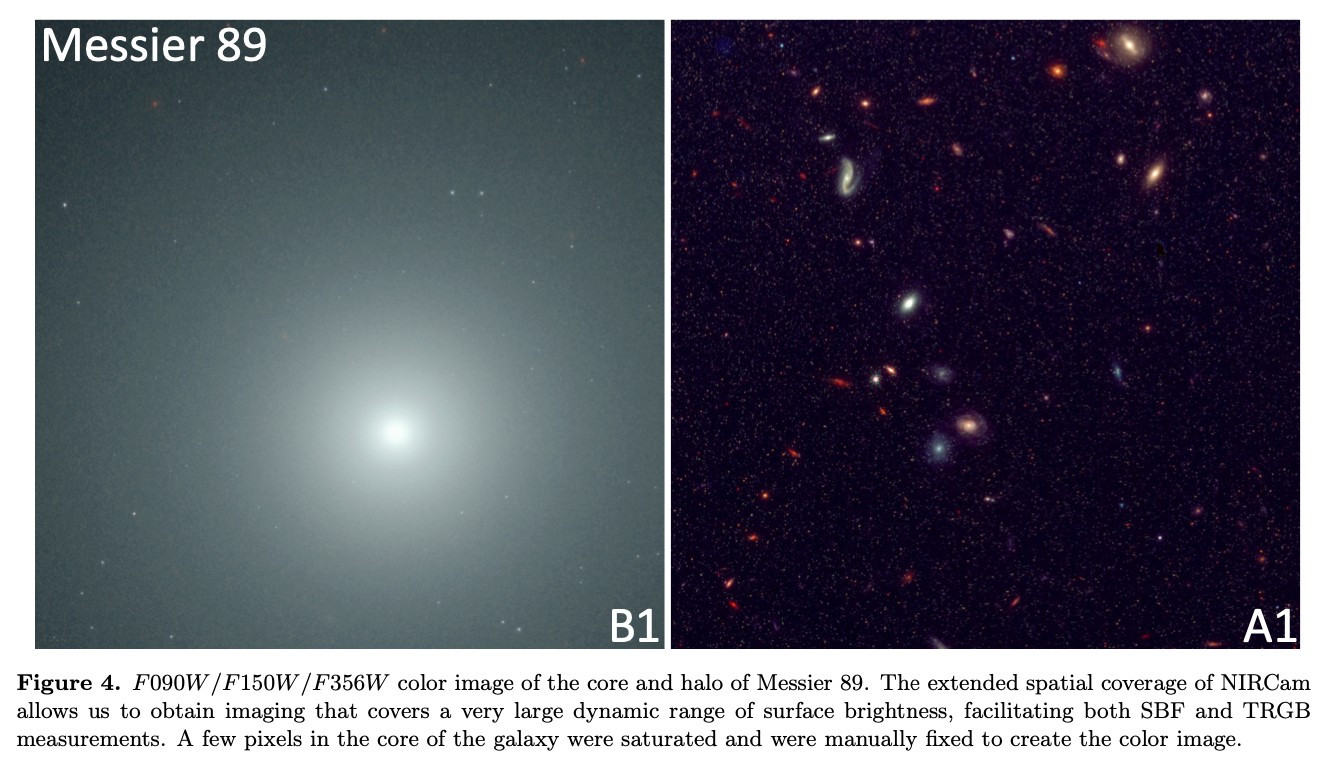
again, at this point we do not seem to be arguing about distances for the most part– we take their distances at face value and find HST Cepheid distances as well as all other methods are very consistent with the existence of a Hubble tension.
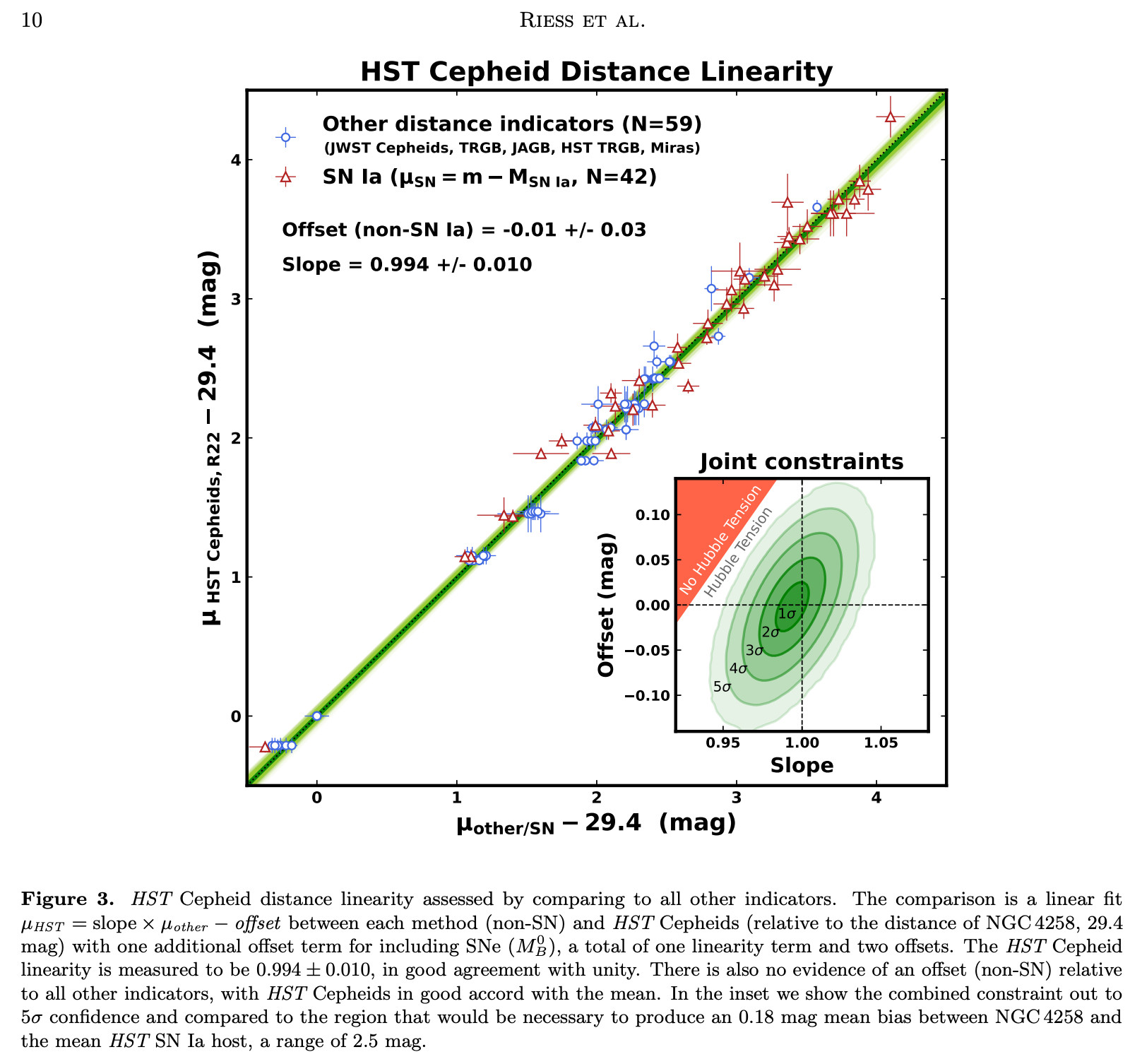
if you take that detail into account and join samples of JWST distances (CCHP and SH0ES), which by the way both agree with HST Cepheids extremely well, we find that this is how the game turns outs.
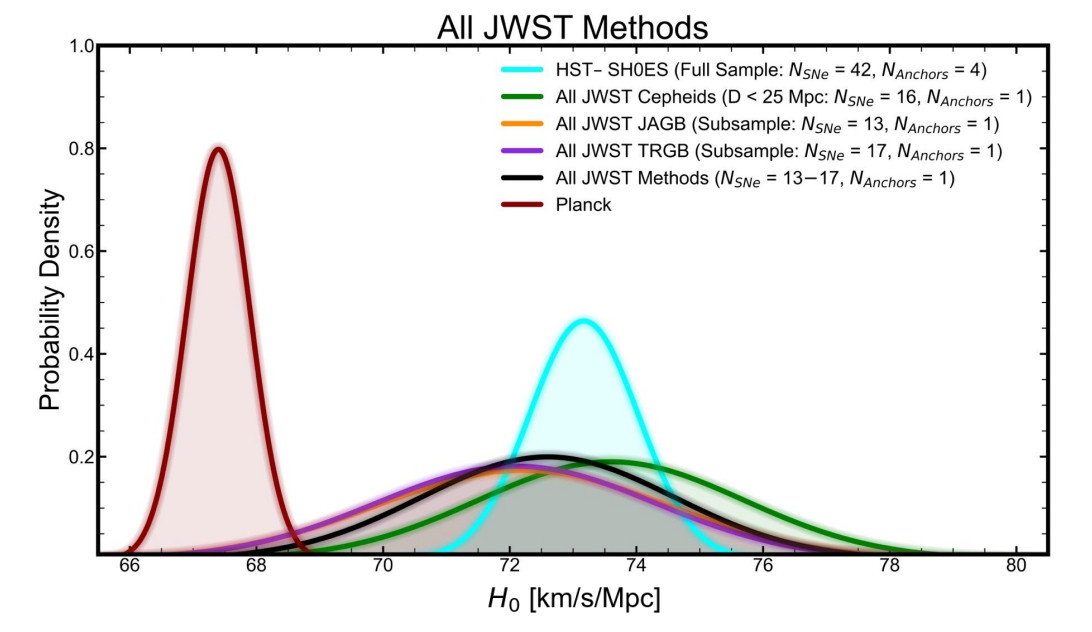
the CCHP H0 plot here is also simply *not* correct, because it makes the incorrect assumption that these three underlying PDFs are independent. but they share the same (very small) sample of supernovae. you have to take this into account!!
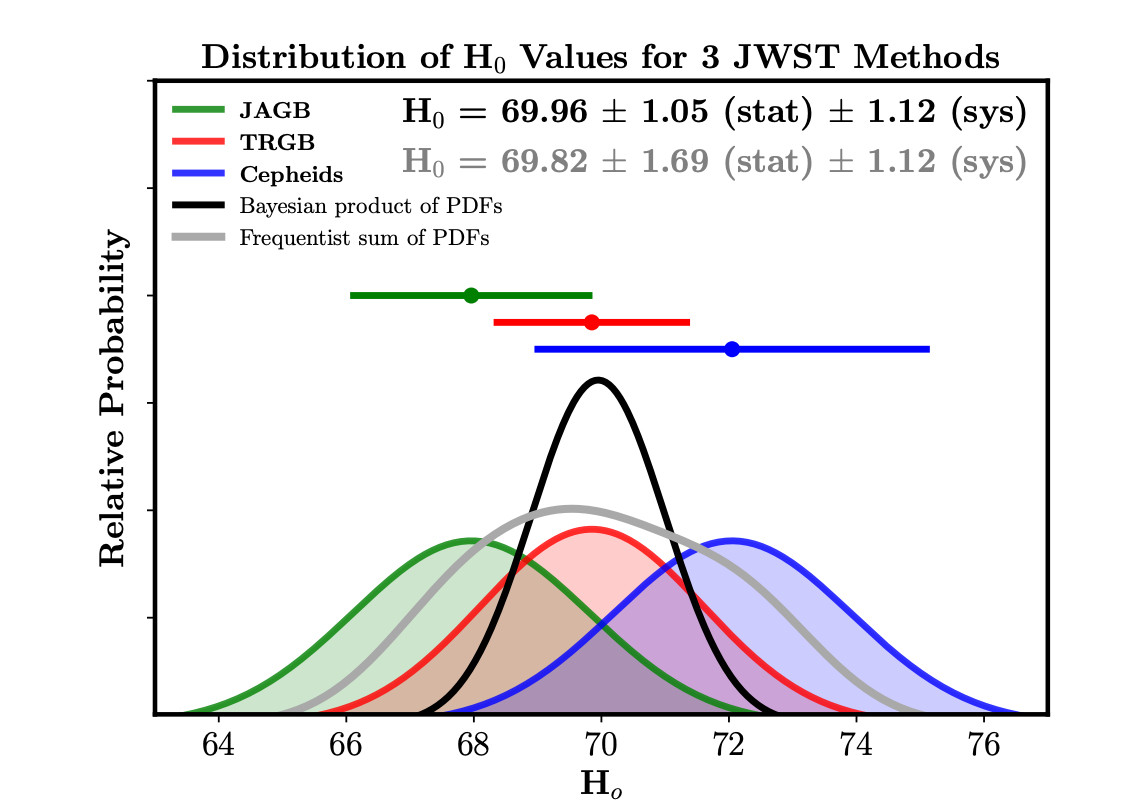
the CCHP group recently put out a paper with lower H0 values, but we find that their distances are totally consistent with HST Cepheids (and all other methods in the paper- TRGB, JAGB, Cepheids, Miras). the issue is just their very small sample size was already biased towards lower H0 values.
